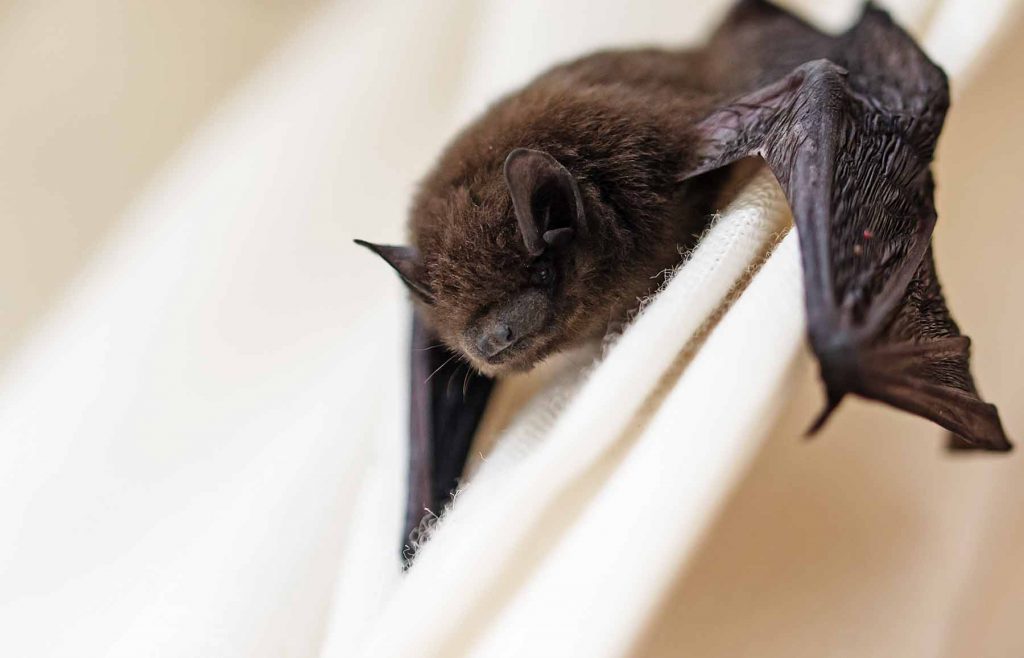Identifying squirrel entry points in the attic is crucial for effective pest control. From inspecting the interior for telltale signs to scrutinizing the exterior for potential access points, there are various methods to consider. Chewed or gnawed areas often indicate squirrel activity, while a thorough examination of the roof and soffits can reveal hidden entryways. For a more advanced approach, thermal imaging technology can offer valuable insights into areas that may be overlooked by the naked eye. Discovering these entry points is just the first step in addressing a potential infestation, making it essential to act swiftly and decisively to ensure a pest-free environment.
Key Takeaways
- Regularly inspect attic interior for signs like insulation damage and nesting materials.
- Thoroughly examine the home exterior for potential entry points, focusing on soffits and vulnerable areas.
- Identify chewed or gnawed areas within the attic to pinpoint potential squirrel entry points.
- Use thermal imaging technology for enhanced detection of hidden entryways in the attic.
Inspect Attic Interior for Signs
Regularly inspecting the attic interior for signs of squirrel activity is crucial in identifying potential entry points. One key indicator to look out for is insulation damage. Squirrels may tear or shred insulation to create pathways or nesting sites. These creatures often use insulation materials to build their nests, so observing any disturbance in the insulation can help pinpoint their presence. Keep an eye out for insulation that appears disheveled or displaced, as this could signal squirrel activity.
Another sign to watch for is the presence of nesting materials. Squirrels tend to gather materials like leaves, twigs, and shreds of paper to construct their nests. If you notice these items scattered around the attic, it is a strong indication that squirrels have made their way inside. By recognizing these signs early on, you can take the necessary steps to address the squirrel infestation and prevent further damage to your attic.
Check Exterior for Entry Points
To effectively address squirrel infestations in the attic, it is essential to thoroughly inspect the exterior of your home for potential entry points. Start by examining the soffits, roof edges, and other susceptible areas where squirrels may gain access. Seal any gaps or openings found during this inspection to prevent these critters from entering your attic. Here is a visual representation of areas to inspect:
| Area to Inspect | What to Look For | Action Needed |
|---|---|---|
| Soffits | Gaps or holes | Seal with caulk |
| Roof Edges | Missing shingles | Repair or replace |
| Vents | Broken coverings | Replace or repair |
| Chimney | Gaps around the base | Seal with metal mesh |
Look for Chewed or Gnawed Areas
When examining your attic for squirrel entry points, a key indicator to look for is areas with chewed or gnawed surfaces. Squirrels have strong teeth that allow them to chew through various materials to gain access to your attic. Here are some signs to look out for:
- Insulation Damage: Squirrels often damage insulation in the attic by tearing it apart to create nests or access points. Look for insulation shavings scattered around the chewed areas.
- Nesting Materials: Keep an eye out for nesting materials like leaves, twigs, or shreds of paper near the chewed surfaces. Squirrels use these materials to build their nests, so their presence can indicate squirrel activity.
- Chewed Wood or Wiring: Squirrels may chew on wooden beams or electrical wiring in the attic. Check for any wood shavings or exposed wiring, as these can be potential entry points for squirrels.
Examine Roof and Soffits Closely
Inspect the roof and soffits meticulously to identify potential entry points where squirrels may be gaining access to your attic. Start by conducting a thorough roof inspection to check for any loose or damaged shingles, gaps, or holes that squirrels could exploit to enter the attic. Additionally, perform a gutter analysis to ensure there are no entry points near the roofline.
Next, focus on examining the soffits. Look for any signs of damage, such as chew marks or holes, that could indicate squirrel activity. Soffits are a common entry point for squirrels due to their proximity to the roof and attic space. Pay close attention to the ventilation systems connected to the soffits, as squirrels may use these openings to gain access to your home.
Utilize Thermal Imaging Technology
Thermal imaging technology can be a valuable tool for identifying hidden entry points that squirrels may be using to access your attic, especially after examining the roof and soffits for visible signs of intrusion.
- Enhanced Vision: Thermal imaging benefits by providing a clear picture of temperature differences, making it easier to spot irregularities.
- Pinpointing Entryways: This technology helps in pinpointing entryways that may not be easily visible to the naked eye, ensuring thorough inspection.
- Time Efficiency: Utilizing thermal imaging can save time by quickly detecting potential access points, allowing for prompt action to be taken.

